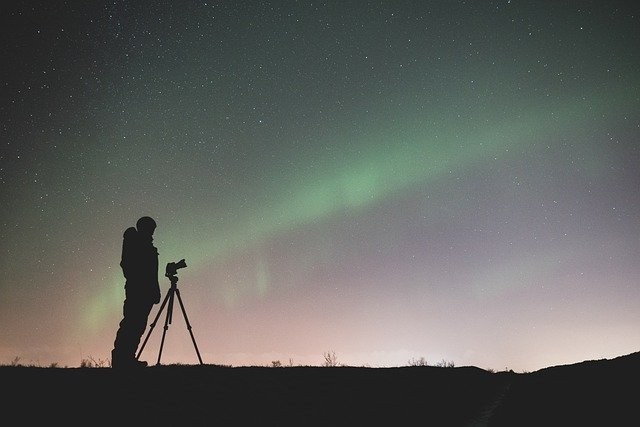Nocturnal surveillance and photography are at the forefront today. In the first half of the 20th century night vision devices were just an idea but today we have some advanced devices in this regard. There are two technological principles for night vision. One is an image intensifier device and the other is thermal vision. Image intensifier devices were debutants in night vision.
These devices make use of the available photons and intensify them multiple times through vacuum tubes. Hence, low light images look brighter with complete details. Thermal vision, on the other hand, makes use of the heat signature differences to paint a picture for the operator. Both the technologies have their own shortcomings and advantages. If you are looking to buy a night vision device, read this article to make an informed purchase.
Take note of the generation
As discussed earlier, image intensifier devices were the first to step foot in the night vision sights. The devices used in WWII were first-generation devices, which were bulky and the intensification on them was pretty standard.
However, currently, we have third-generation night vision devices that are smaller and more capable. People tend to think that generation won't make much of a difference, which is a myth. The device you buy must be compatible with modern third-party accessories like monitor, GPS etc. If you are a professional, you cannot compromise with the quality and details.
Therefore, always look to buy the latest version of a night vision device. Third generation devices may not be available easily because exporting rights are reserved with the US military. In this case, you can go for Generation 2+ devices, which are not too far behind.
Take note of the range
If you work in pitch dark surroundings, you may go for thermal vision devices. These devices use a microbolometer sensor to record the subject's temperature with respect to the temperature of the surroundings.
The difference in temperature gives a heat signature mapping, which resembles the scenery. However, be mindful of the fact that thermal devices use infrared rays, which have a range limitation.
Therefore, you may not be able to use these devices from a distance. Also, ensure that you are trained in heat signature recognition for the purpose of these devices.
Be careful with the accessories
Getting yourself the base device may not be enough if you engage in extensive usages. Therefore, you may need the support of some accessories to optimize the output. When purchasing an image intensifier device you may need an IR magnifier and other such side-ons for a perfect result.
However, always consult an expert before purchasing an accessory regarding compatibility and value for money. Do not waste your money on unnecessary gadgets. Similarly, with thermal vision devices, you can look for ways to extend the range and resolution according to your needs.
You can visit some informative websites such as https://www.defendandcarry.com/ to read more on compatibility and different kinds of accessories to buy.
Take note of the pros and cons
As mentioned earlier, both technologies have their own demons to face. While all the devices are improving magnificently, not all of them will suit your needs perfectly. Image intensifiers can capture higher resolution images depending on generation.
But these devices rely heavily on some light sources. Therefore, on a cloudy night with no moons and stars, you may not get any suitable output. Additionally, intensifiers magnify any available source of light to produce bright images.
Hence, if you use these devices in a dimly lit urban setup, you may get bright white images, which can cause operator blindness. Similarly, thermal vision devices need subject contact with the infrared rays for heat map output.
So, these devices fail when faced with walls, doors etc. Also, thermal vision does not work optimally in fog and smoke. Hence, take note of your working environment and specific needs before making a decision.
* This is a contributed article and this content does not necessarily represent the views of sciencetimes.com











!['Cosmic Glitch' in Einstein's Theory of General Relativity Could Be Explained in This New Scientific Tweak [Study]](https://1721181113.rsc.cdn77.org/data/thumbs/full/53435/258/146/50/40/cosmic-glitch-in-einsteins-theory-of-general-relativity-could-be-explained-in-this-new-scientific-tweak-study.jpeg)



